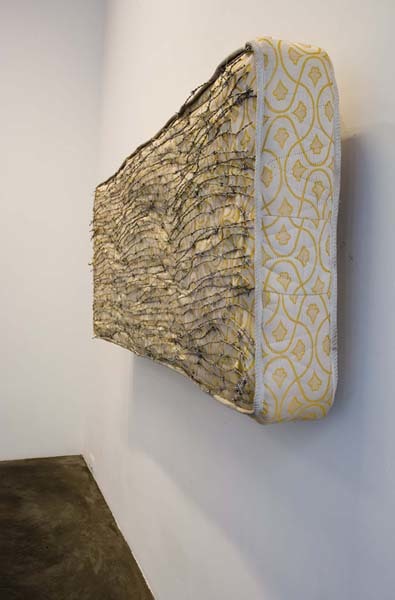
Madre, 2006. Installation (mattress and barbed wire). 75 x 180 x 75 cm. Edition 1 of 3. |
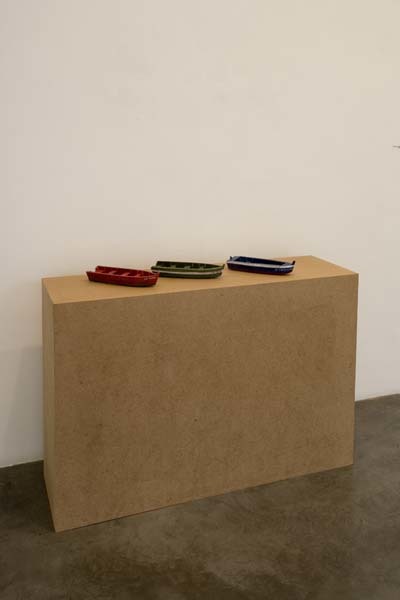
La Pinta, la Niña y la Santa María, 2006. Instalación (plinth and tree wooden dinghies). 96'5 x 130 x 140 cm. Unique edition.. |
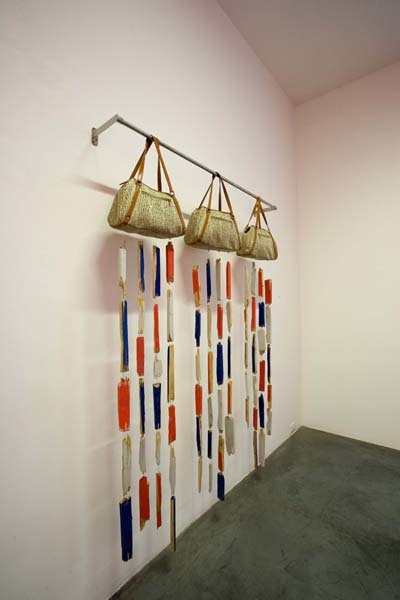
Firenze, 2006. Installation (metal, three bags and pieces of dinghy). 218 x 150 x 25 cm. Edition 1 of 3. |
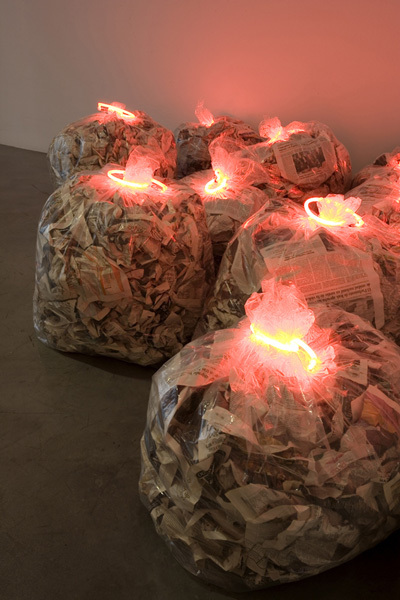
Junk news (Spain version), 2006. Installation (9 clear plastic bags, newsprint and neons). 60 x 260 cm. aech. |
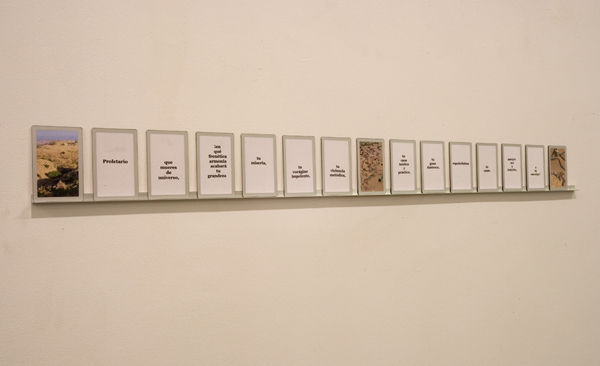
1 mops (Un metro de problemas de España), 2006. Installation (bar and metallic cards). 8'5 x 100 cm. Unique edition. |
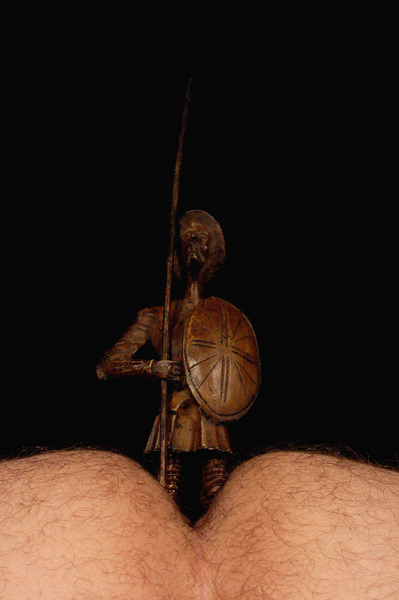
No more no less - Quijote, 2006. Colour photography. 90 x 60 cm. Edition 6 of 6. |
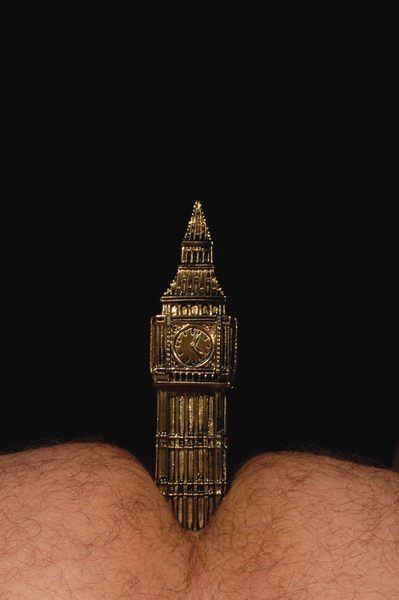
No more no less - Big Ben, 2006. Colour photography. 90 x 60 cm. Edition 6 of 6. |
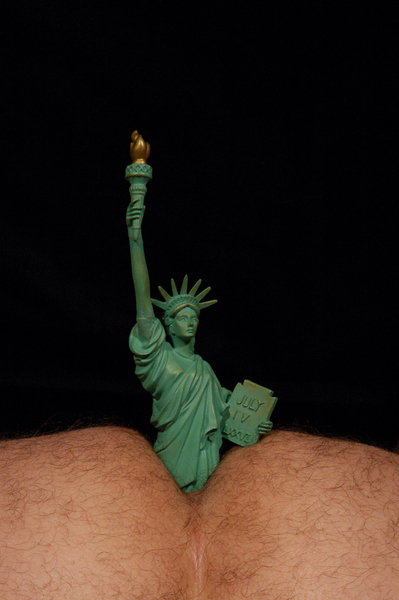
No more no less - Estatua de la libertad, 2006. Colour photography. 90 x 60 cm. Edition 6 of 6. |
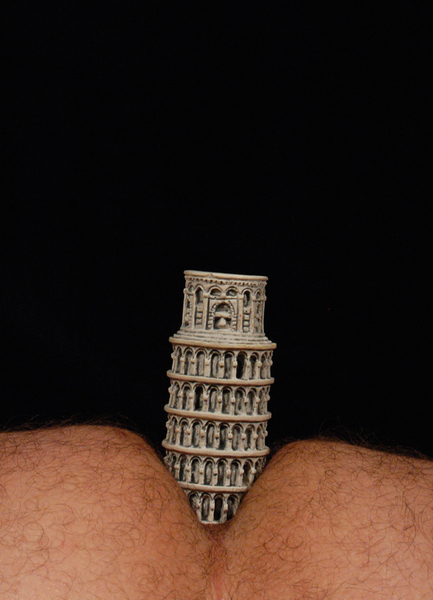
No more no less - Pisa, 2006. Colour photography. 90 x 60 cm. Edition 6 of 6. |
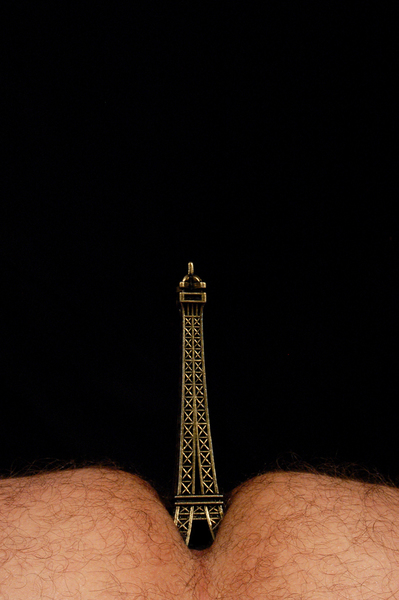
No more no less - Torre Eiffel, 2006. Colour photography. 90 x 60 cm. Edition 6 of 6. |
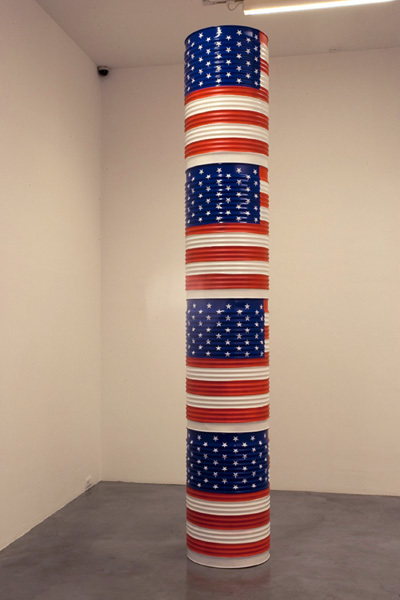
Peace tower, 2006. Installation (4 metalic barrels). 90 x 58 cm. each. Unique edition. |
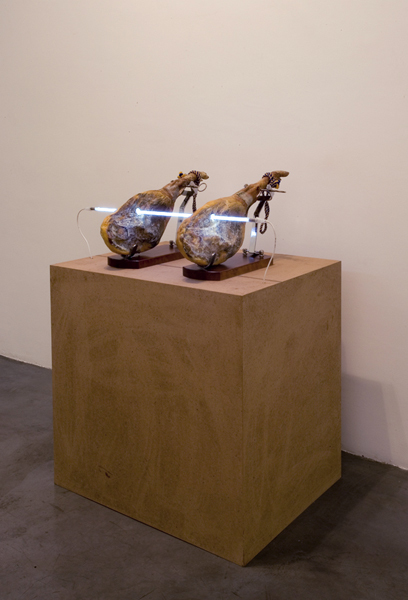
Sin denominación de origen, 2006. Installation (plinth, 2 hams and neon tube). 125 x 130 x 40 cm. |
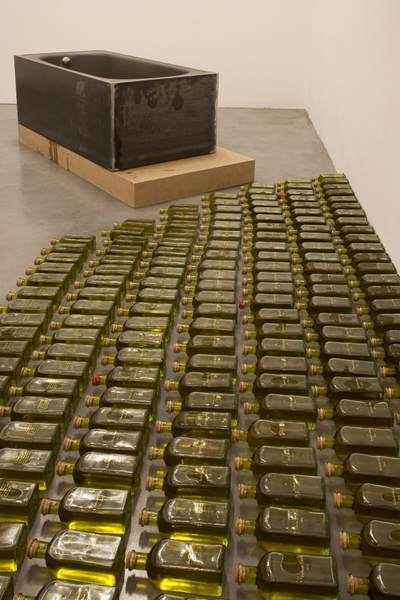
Ducha de Oliva, 2006. Installation (plinth and metallic bath). 72 x 175 x 81'5 cm. Unique edition. |
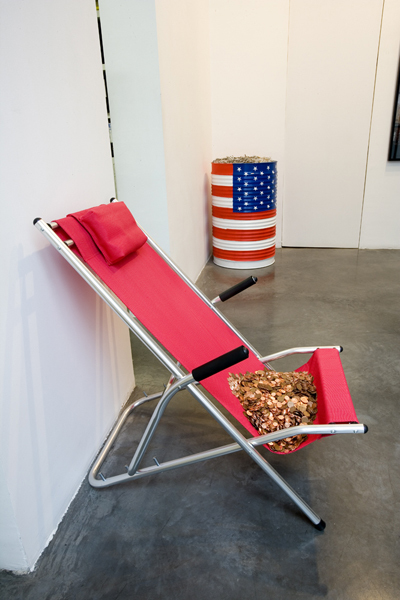
Habana, 2006. Installation (hammock and coins). 90 x 89 x 65 cm. Unique edition. |
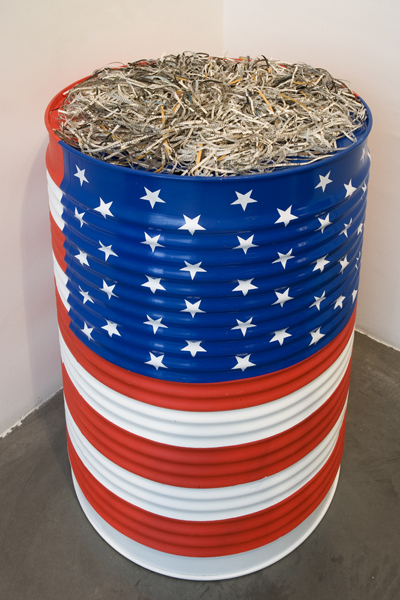
B01, 2006. Installation (metallic barrel and plastic strips). 90 x 58 cm. |
Jota Castro’s new artwork in the Oliva Arauna Gallery reflects his incessant use of the concept of going and coming in a past that has been marked by an almost pathological nomadism and feeling of guilt that, with his desire for communication, forms the basis of Castro’s artistic work.
Castro recognises that for the first time his projects were conceived and conceptualised in Castilian, this carries vital importance: every project is born of a process of investigation based within the social sciences and always conceptualised through writing before being carried out objectively. His relentless to-ing and fro-ing between different cultures and languages has created a form of obligation for the artist, ensuring that he always is able to represent this sensation in a convincing image.
For 25 years the French-Peruvian artist has felt, studied, worked, loved and created in different languages. This has helped him to make use of the phenomenon of ‘transculturation’ as a central theme of the exhibition: how to create, be and act in a world in which the acceptance of certain cultural conventions can help to facilitate the life of an individual of diverse origin, to the point that it is dissolved amongst a liquid magma of equality.
The language of his past has become a quasi-maternal memory. According to Castro, this exhibition presents a sense of urgency, a form of recuperation of a lost heritage that, destabilising his way of working, obliges the artist to search for new core ideas in work that aspires towards universality.
Without doubt, Jota Castro’s exhibition in Oliva Arauna will be a decisive moment in the evolution of the artist’s extensive project.
Jota Castro is French-Peruvian, lives in Brussels and studied political sciences and law. Before dedicating himself to art, he worked for the UN and the European Union. He has participated in important shows across four different continents, including the Venice Biennale and the Gwangju Biennale, where he won the show’s main award. In 2005 he founded the Foundation of the Emergency in Amsterdam. In 2005 the Universal Exhibition in the Palais de Tokyo in Paris confirmed him as one of the most innovative candidates on the artistic international scene.

